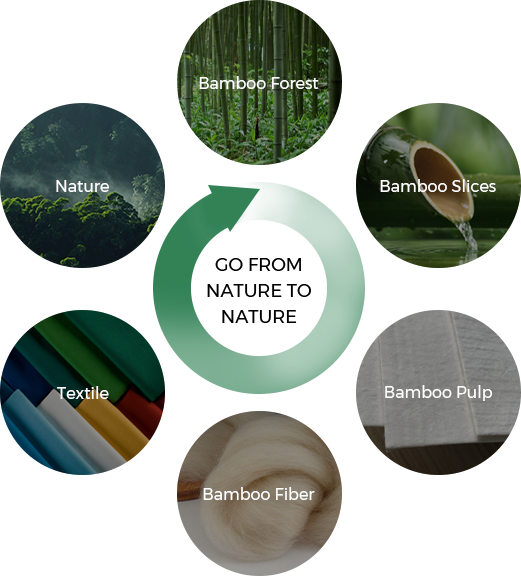In the realm of textiles,
Thermal Fabric emerges as a cornerstone of comfort, providing an exceptional blend of warmth, functionality, and versatility. Designed to combat the chill of colder temperatures, thermal fabrics have become a staple in various applications, from winter clothing to home textiles. This article explores the distinctive characteristics, manufacturing processes, and diverse applications of Thermal Fabric, shedding light on its pivotal role in enhancing our experience of warmth and coziness.
At the heart of Thermal Fabric is a commitment to delivering effective insulation against the cold. Unlike traditional fabrics, thermal fabrics are engineered to trap and retain heat, creating a microclimate that keeps the wearer warm in cooler weather. This unique ability to provide thermal insulation has made these fabrics highly sought after, particularly in regions with cold climates or during the winter months.
The production of Thermal Fabric involves the use of specialized fibers and weaving techniques that optimize its thermal properties. Commonly used fibers include polyester, fleece, and other synthetic materials known for their insulating qualities. The construction of the fabric involves creating air pockets that trap and retain heat, forming a barrier against the external cold and ensuring the maintenance of body warmth.
One of the defining characteristics of Thermal Fabric is its ability to regulate body temperature. The fabric's insulation properties work in both directions, trapping heat in cold conditions and allowing the release of excess heat in warmer environments. This versatility makes thermal fabrics suitable for a range of temperatures, offering comfort and adaptability in various climates and activities.
In the world of fashion, Thermal Fabric has become synonymous with winter wear, providing an essential layer of warmth without compromising style. Thermal tops, leggings, and undergarments have become wardrobe staples for those navigating colder seasons. The slim and flexible nature of thermal fabrics allows for easy layering, enabling individuals to stay warm without the bulkiness often associated with traditional winter clothing.
Beyond fashion, Thermal Fabric has found applications in outdoor and sports apparel, providing athletes and enthusiasts with the insulation needed for cold-weather activities. Thermal base layers, jackets, and accessories contribute to enhanced performance and comfort in winter sports such as skiing, snowboarding, and mountaineering. The fabric's lightweight and breathable nature ensures that athletes can move freely while staying warm in challenging conditions.
The versatility of Thermal Fabric extends to the world of sleepwear and loungewear, where comfort and warmth are paramount. Thermal pajamas, blankets, and robes have gained popularity for their cozy feel, making them ideal choices for winter nights or relaxed evenings at home. The fabric's insulating properties create a comforting cocoon, promoting a restful and rejuvenating sleep experience.
In the production of home textiles, Thermal Fabric has made its mark in curtains, blankets, and throws. Thermal curtains provide an extra layer of insulation for windows, helping to retain heat in the home and reduce energy consumption. Blankets and throws made from thermal fabric offer a cozy and inviting addition to living spaces, providing warmth during chilly evenings.
Furthermore, the moisture-wicking properties of Thermal Fabric contribute to its functionality. The fabric is designed to draw moisture away from the body, keeping the wearer dry and comfortable. This moisture management feature is particularly beneficial during physical activities or in situations where staying dry is essential, such as winter sports or outdoor adventures in snowy conditions.
The durability of Thermal Fabric adds to its appeal, ensuring that garments and textiles maintain their insulating properties over time. The fabric's ability to withstand regular wear, washing, and exposure to the elements contributes to its longevity, aligning with principles of sustainability and responsible consumption. High-quality thermal fabrics are designed to endure the rigors of everyday use, providing lasting warmth and comfort.
In recent years, the sustainable aspect of Thermal Fabric has gained attention as consumers seek eco-friendly alternatives. Manufacturers are exploring the use of recycled fibers and environmentally responsible production processes to create thermal fabrics that align with sustainable practices. This shift reflects a growing awareness of the environmental impact of textiles and a desire to make conscious choices in the pursuit of warmth and comfort.





